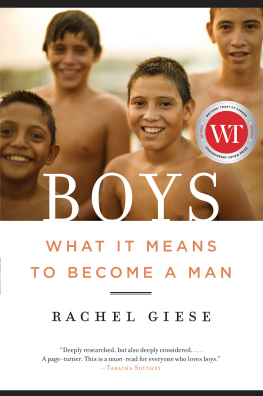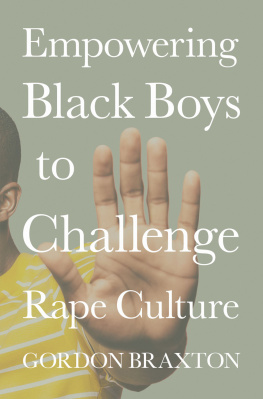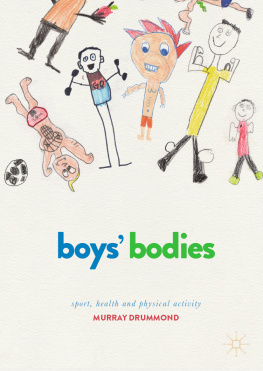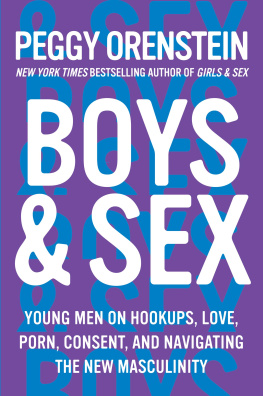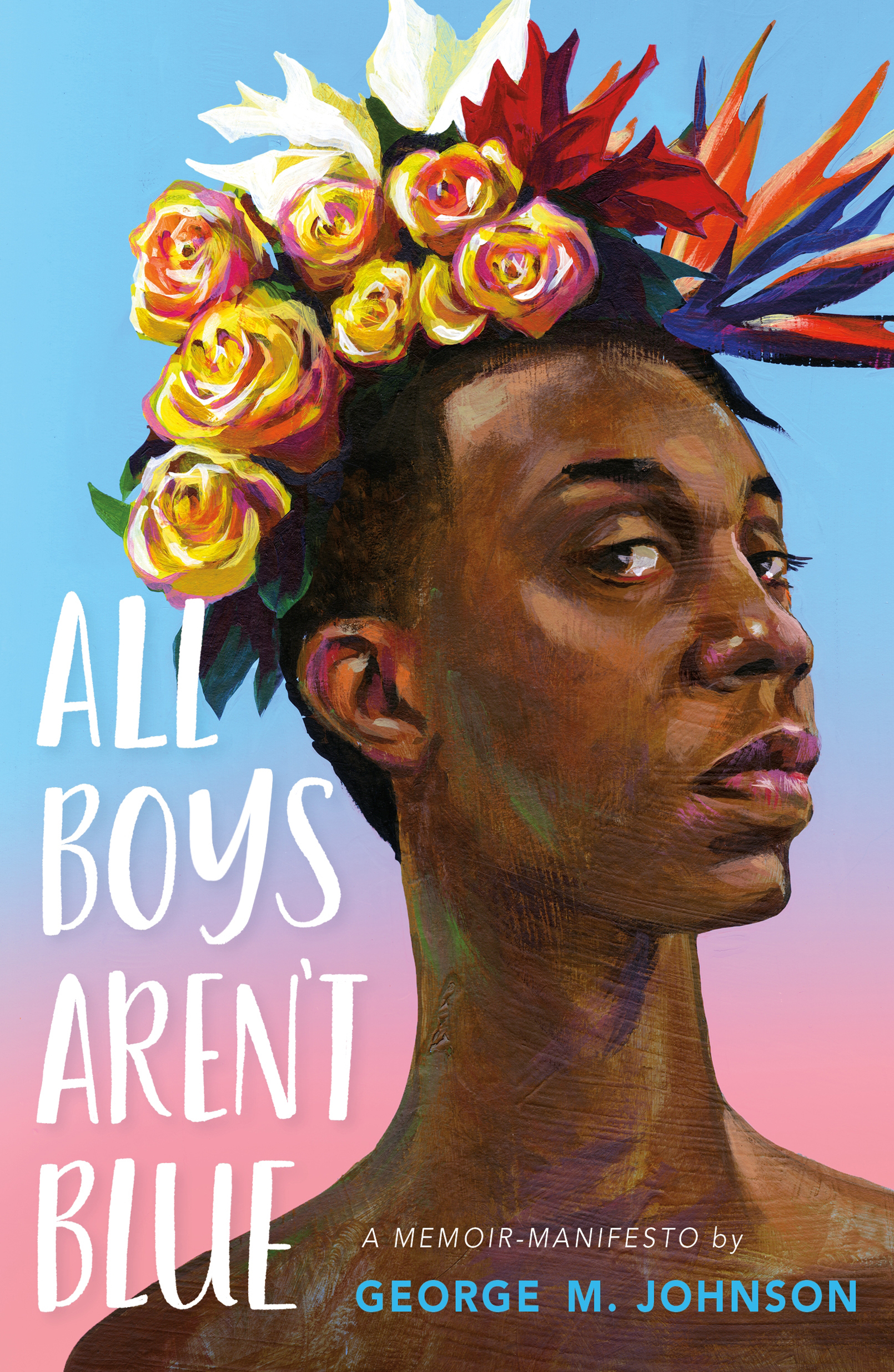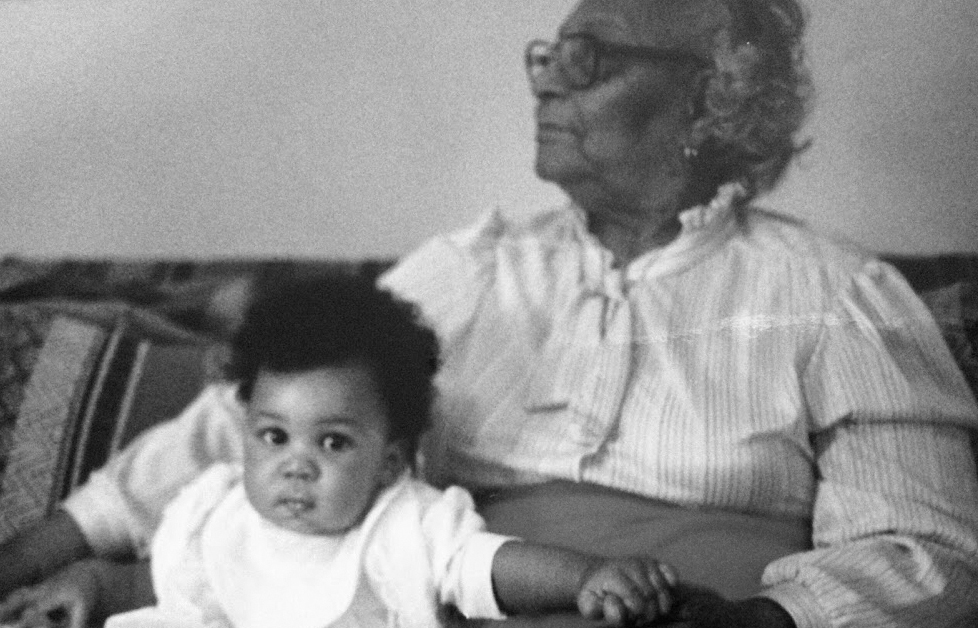The story of how I entered the world was a foreshadowing.
When my aunt first saw my head full of beautiful, jet-black, curly hair crown from my mothers womb, she ran into the hospitals hallway where my family waited.
Its a girl! Its a girl! she yelled, to my grand- mothers excitement and to my fathers slight disappointment. But by the time my aunt got back to the delivery room, and I had been fully born, she realized her quick assumption would soon need correcting.
She ran back out to the family and said, Uhhh, actually, its a boy.
The Its a girl! No, its a boy! mix-up is funny on paper, but not quite so hilarious in real life, especially when the star of that story struggles with their identity. Gender is one of the biggest projections placed onto children at birth, despite families having no idea how the baby will truly turn out. In our society, a persons sex is based on their genitalia. That decision is then used to assume a persons gender as boy or girl, rather than a spectrum of identities that the child should be determining for themselves.
Nowadays, we are assigning gender even before birth. We have become socially conditioned to participate in the gendering of children at the earliest possible momentwhenever a sonogram can identify its genitalia. Gender-reveal parties have become a trendy way to celebrate the childs fate, steering them down a life of masculine or feminine ideals before ever meeting them. Its as if the more visible LGBTQIAP+ people become, the harder the heterosexual community attempts to apply new norms. I think the majority fear becoming the minority, and so they will do anything and everything to protect their power.
I often wonder what this world would look like if people were simply told, You are having a baby with a penis or a vagina or other genitalia. Look up intersex if youre confused about other. What if parents were also given instructions to nurture their baby by paying attention to what the child naturally gravitates toward and to simply feed those interests? What if parents let their child explore their own gender instead of pushing them down one of the only two roads society tells us exist?
When our gender is assigned at birth, we are also assigned responsibilities to grow and maneuver through life based on the simple checking off of those boxes. Male. Female. Black. White. Straight. Gay. Kids who dont fit the perfect boxes are often left asking themselves what the truth is:
Am I a girl?
Am I a boy?
Am I both?
Am I neither?
As a child, I struggled mightily with these questions. And that struggle continued to show up in various ways throughout my life. Now, as an adult, I have a much better grasp of sexuality, gender, and the way society pressures us to conform to what has been the norm. I understand how this sense of normality doesnt hold a space for those of us who dont fit the aesthetic of what a boy or girl should be, or how a man or woman should perform.
Unfortunately, we are still struggling to move the conversation past an assumed identity at birth. And LGBTQIAP+ people are not just fighting for the right to self-identify and be accepted in a society that is predominantly composed of two genderswhich would be the bare minimum of acceptance. We are also fighting to survive physical acts of violence. Many of us are not even surviving that. The spectrum of our traumas can be as broad as our identities.
I started writing this book with the intention that every chapter would end with solutions for all the uncomfortable or confusing life circumstances I experienced as a gay Black child in America. I quickly learned this book would be about so much more. About the overlap of my identities and the importance of sharing how those intersections create my privilege and my oppression.
Many of us carry burdens from the traumas of our past, and they manifest in our adulthood. We all go through stages of accepting or struggling with our various identitiesgay, straight, or non-identifying. And race and various other factors play a role in how we navigate them. Many of us are always in a state of working through somethingalways in a state of becoming a more aware version of self.
This book is an exploration of two of my identitiesBlack and queerand how I became aware of their intersections within myself and in society. How Ive learned that neither of those identities can be contained within a simple box, and that I enter the room as both of them despite the spaces and environments I must navigate. In the white community, I am seen as a Black man firstbut that doesnt negate the queer identity that will still face discrimination. In the Black community, where I more often find myself, it is not the Black male identity that gets questioned immediately. It is that intersection with queerness that is used to reduce my Blackness and the overall image of Black men.



